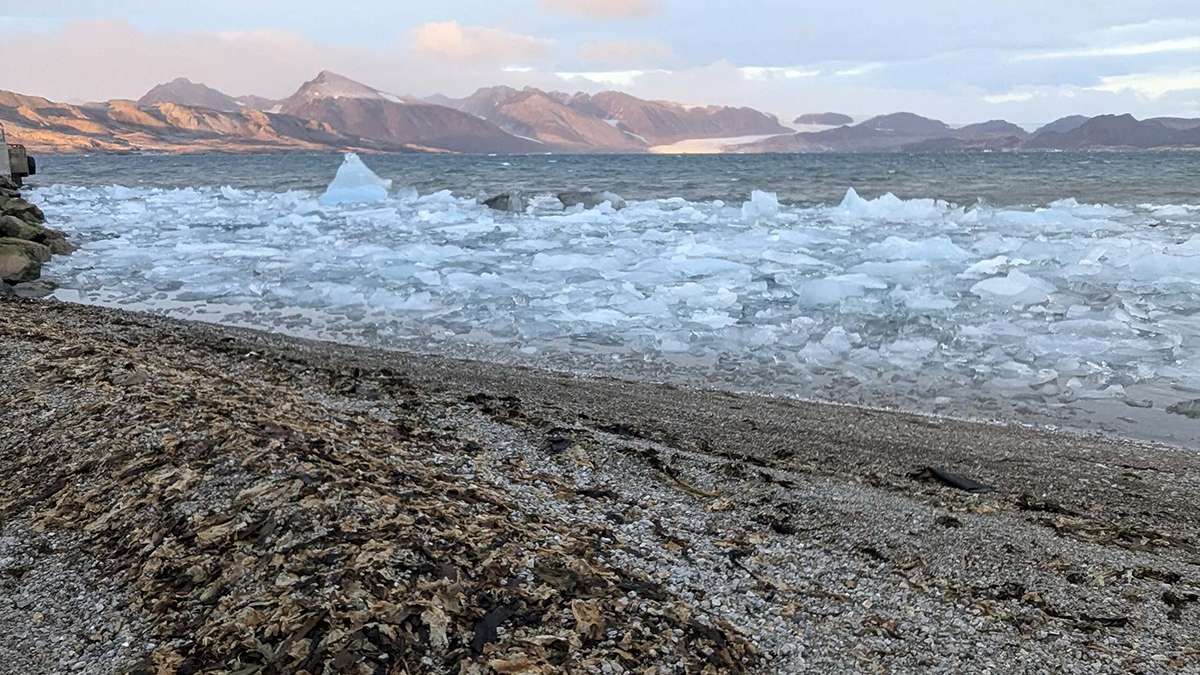Source: Journal of Geophysical Research: Oceans
In high-latitude Arctic fjords, warming seas and reduced sea ice are boosting seaweed growth. This expansion of seaweed “forests” could alter the storage and cycling of carbon in coastal Arctic ecosystems, but few studies have explored these potential effects.
Roy et al. present a snapshot of the carbon dynamics of seaweed in a fjord in Svalbard, a Norwegian archipelago in the High Arctic, highlighting key comparisons between different seaweed types and between various fjord zones. The findings suggest that warming-driven seaweed growth could lead to the expansion of oxygen-deficient areas in fjords, potentially disrupting local ecosystems.
A team from the National Centre for Polar and Ocean Research in Goa, India, led the Indian Arctic expeditions in 2017, 2022, and 2023. On these expeditions, researchers collected 20 seaweed samples and 13 sediment samples from a variety of locations across Kongsfjorden, a nearly 20-kilometer-long fjord in Svalbard. Then they analyzed the signatures of stable carbon isotopes and lipids (biomolecules made mostly of long hydrocarbon chains) in the seaweed samples.
They found that red, green, and brown seaweeds had different stable carbon isotope fingerprints, reflecting their distinct ways of obtaining carbon from their surroundings. However, the different seaweeds had similar lipid signatures, suggesting that they developed similar lipid synthesis processes in their shared Arctic fjord environment.
The researchers also detected differences in carbon isotope and lipid signatures in sediments from different parts of the fjord. These data suggested that inner-fjord sediments may contain organic matter from a variety of sources, including seaweed, fossilized carbon, and land plants imported by melting glaciers or surface runoff, whereas organic matter in outer-fjord sediments has a larger proportion of seaweed lipids.
Notably, sediment samples collected beneath areas of high seaweed growth showed chemical evidence of low-oxygen conditions, possibly because of microbes consuming oxygen while feeding on seaweed. If these microbes are the cause of the low-oxygen conditions, continued warming-driven growth of seaweed forests could lead to expansion of oxygen-starved zones in Kongsfjorden and other High Arctic fjords, potentially destabilizing these ecosystems, the researchers say. (Journal of Geophysical Research: Oceans, https://doi.org/10.1029/2024JC021900, 2025)
—Sarah Stanley, Science Writer



